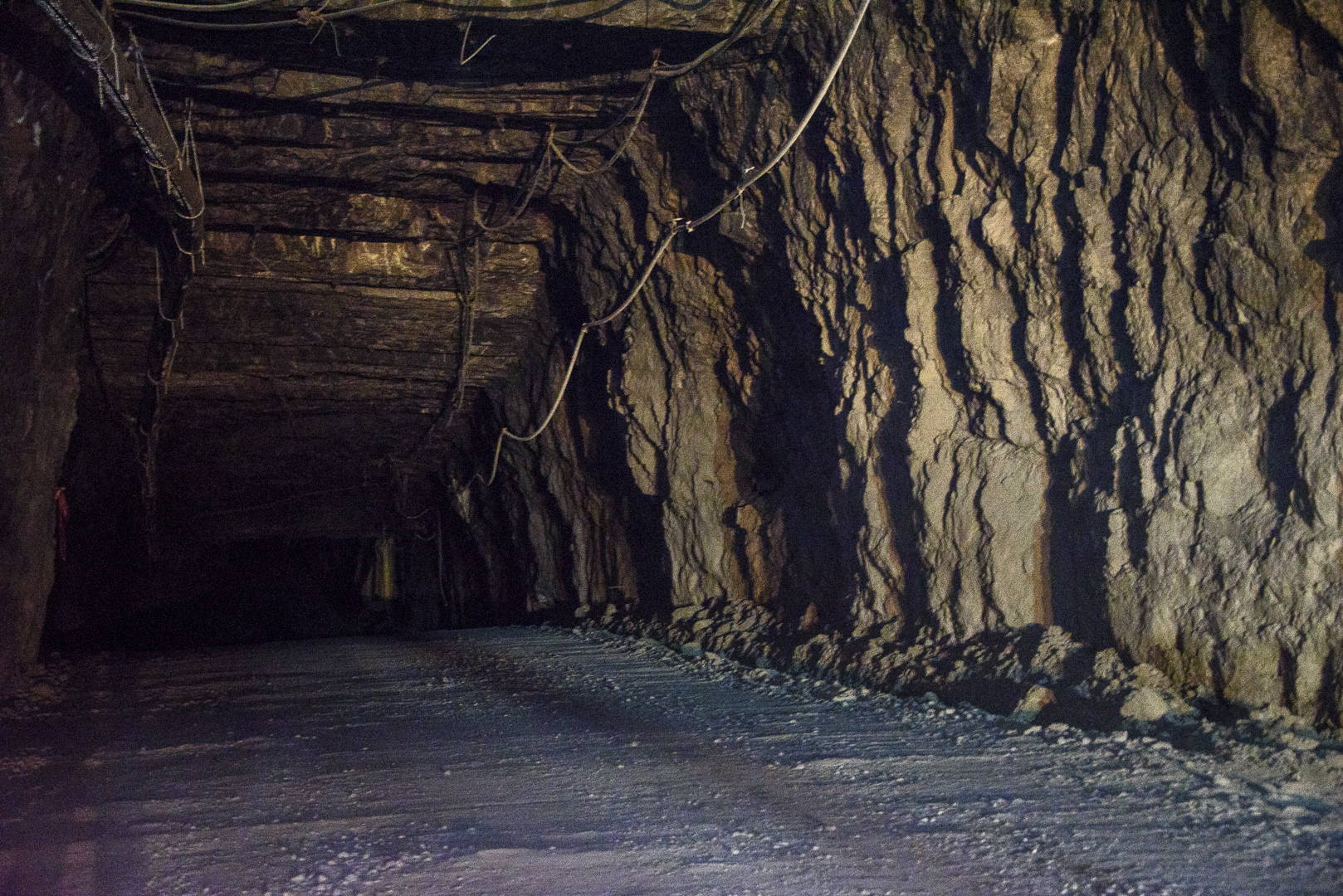Climate change and our reliance on fossil fuels have long posed the greatest threats to public lands. Yet replacing our production of fossil fuels extracted from public lands and waters with the materials needed for batteries in the burgeoning clean energy and clean transportation industries is not a simple one-for-one, especially under current practices. We cannot continue desecrating our public lands while ignoring extraction’s broad impacts.
That’s why, as we make a swift transition to a clean energy economy, one where we electrify our cars, trucks, and buses and move to a 100 percent clean grid, we must do so by increasing the recycling of minerals such as lithium, and making sure that we abide by our current environmental laws. Doing so will help address the climate crisis without damaging our public lands or mining areas sacred to Indigenous people.
Supply strategies must be pursued in a responsible, just, and sustainable way. We must ensure we are not weakening or circumventing existing environmental laws regarding mining on federal lands nor ignoring Tribal consultation and the need to protect areas sacred to Indigenous communities. Doing so will require increased recycling of the minerals that we already have, and reform of the 1872 Mining Law.
Earlier this year, the Biden administration announced principles for mining reform which include long-overdue updates to the mining law and rules, as well as placing an emphasis on sourcing materials from recycling, reuse, substitution, and building a circular economy. That’s why Congress must also pass Representative Grijalva’s and Senator Heinrich’s hardrock mining reform bills, which would amend the Mining Law of 1872 and replace it with a modern leasing system designed to protect the interests of American taxpayers, Indigenous Peoples, and our public lands. Not only would this protect the environment and at-risk communities from adverse mining practices, but it would also keep materials in the US and create sustainable jobs.
If we truly want to shift to a clean, greener future, we must look into reducing the quantity of new lithium required to construct batteries through research and development, extending the life of existing batteries through second-life applications, expanding recycling programs and facilities, and reducing vehicle miles traveled (particularly in single-occupancy vehicle use) by making it easier for people to get around using reliable public transit and safe infrastructure for walking and biking.
When there is no more practical added life for a lithium battery, it should be recycled at a high rate of recovery of all the basic materials. This will reduce the demand for “new” lithium mining. Advocating for thorough recycling is as important as advocating for the quick adaptation of lithium batteries for today’s vehicles and electrical-grid storage facilities. However, such adaptations require new local, state, and federal laws and regulations.
Through the intelligent application of reducing, repurposing, and recycling, a true circular economy is possible. In fact, a study by the Institute for Sustainable Futures found that recycling has the potential to reduce primary demand compared to total projected demand in 2040 by approximately 25 percent for lithium, 35 percent for cobalt and nickel, and 55 percent for copper. Such an economy would make mining largely unnecessary once the energy transition has scaled and deployed sufficient existing battery stock.
This necessary shift relies on a vast increase in the number of batteries that are available. In the US alone, to support a clean grid each year from now until 2035 we will need four times the battery deployment achieved in 2021; and for electric vehicles, it’s a jump from about 600,000 vehicles sold in 2021 to 9.6 million in 2040.. The process of matching these growing demands for clean energy and clean transportation batteries with related mineral supply, particularly lithium, is complex and involves trade-offs, but it can and must be done without sacrificing important principles.
Such solutions are already underway and serve as models to scale: the District of Columbia, for example, has our nation’s first comprehensive extended producer responsibility program, which ensures that producers fund and manage an effective recycling program in D.C. for single-use and rechargeable consumer batteries. Also, vehicle manufacturers are partnering with Redwood Materials, based in Nevada, which has developed a closed-loop recycling system so that critical minerals in end-of-life battery packs can re-enter the domestic supply chain.
We need to see America as a leader in the transition to a clean energy economy and understand that this evolution is a global environmental and human rights challenge that needs to be resolved on the world stage. As a leader in this transition, the US needs to display that public lands are a part of the climate solution while setting a precedent for high labor and health standards. All said, a swift transition to a clean energy economy can be done by increasing the recycling of minerals we use to electrify our cars, trucks, and buses, and move to a 100 percent clean grid.
